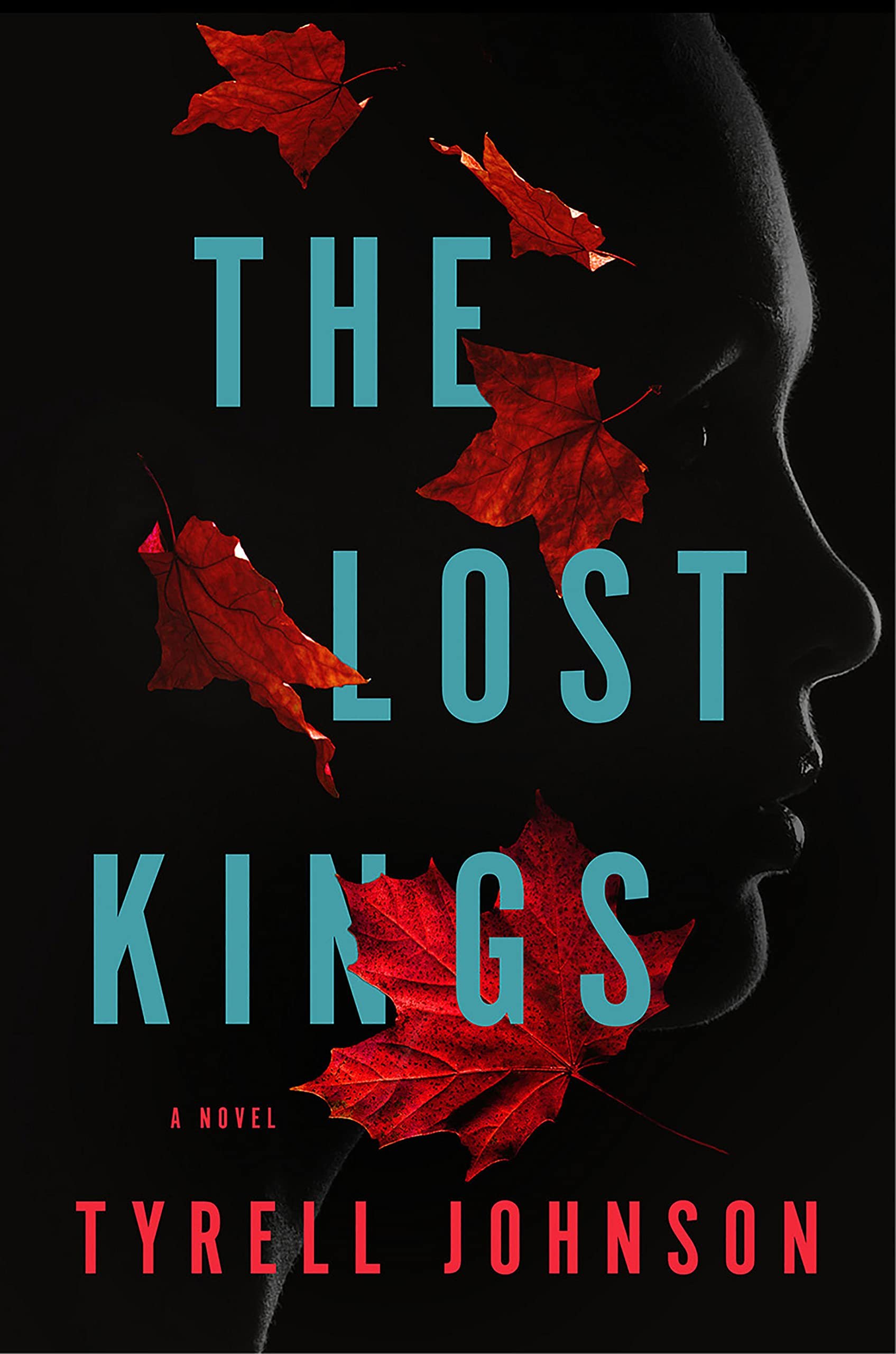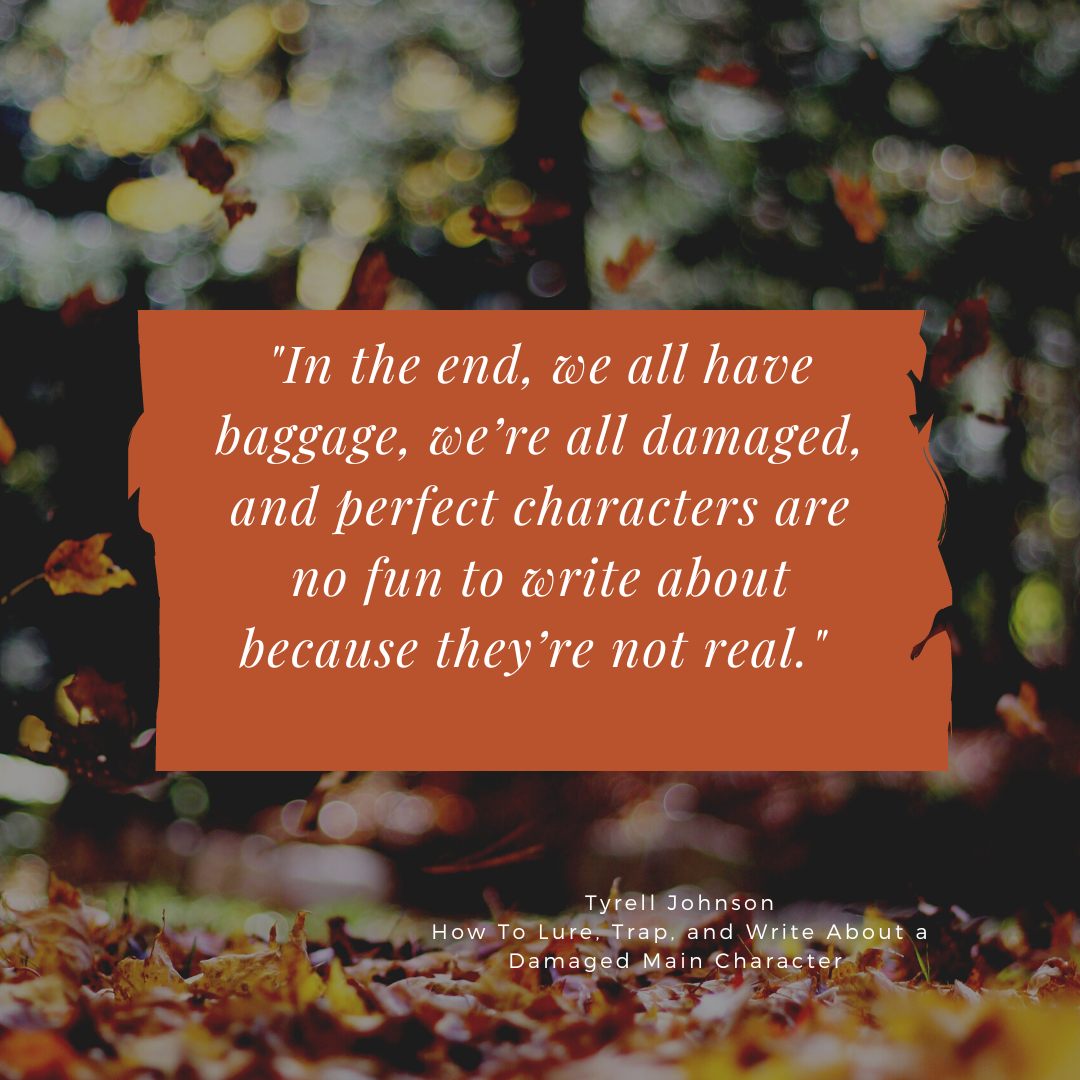By Roselle Lim
My large, extended family from my mother’s side immigrated to Canada from the Philippines. My eldest aunt was the first to come over and the rest followed her like goslings across the water. We packed our traditions and recipes into our suitcases and moving boxes, and hoped it would help us navigate the strange, new beyond.
In Canada, our tongues, which spoke Hokkien and Tagalog, felt swollen and clumsy wrapping itself around the syllables of English. Our feet stumbled, trying to navigate and learn new roads and customs. The only source of stability and comfort was family and food—in each other and in the familiar tastes of the country we left, we found strength in the dishes my aunts and my father cooked in our new homes.
In general, my family found the same spices and ingredients, and in the case when they didn’t, they substituted to recreate the flavor profile. What they simmered was something old yet new, with the distinct zest of the diaspora. The immigrant experience centres around community and food. The sharing of meals facilitates kinship and a way to connect to our heritage.
When I write about food, it’s not only an expression of my culture and my family—it’s a culmination of my life experiences through one specific lens.
Conversely, I am not lumpia or a bowl of salted duck egg congee.
Writing culture relying on food is reductive. It treats cuisine as the goal when in reality, food acts as the medium to convey nuance, traditions, and history. To write using a character’s traditional foods as a sole means to validate identity or representation is lazy and dismissive. It opens up the writer to perpetuating harmful stereotypes and problematic content.
Without acknowledging or respecting the history and subtleties in the dishes you are writing about, there is much lost in translation. For example, a bowl of arroz caldo on a cold, wintry day is comfort in a bowl and without the context of culture, you might as well write about a bowl of cereal on an ordinary weekday morning.
Food is life for me and often a passionate topic in the cultural framework. While its importance is unquestioned, writing about it in terms of representation and as a reflection of heritage should be taken with great care—the way my father marinates his short ribs with a secret spice blend and sliced kiwis for a day. After all, the act of cooking and feeding can be expressions of love, the way writing is an extension of creativity.
While food can be important to culture, it shouldn’t be the only tool in the arsenal. There are many other ways to convey the complexities of my identity. To me, food is best as a garnish that further enhances what I’d already established and prepared ahead of time. It’s meant to be savoured and act as one of the ways to understand the context and nuances of our identities.
Roselle Lim is the critically acclaimed author of Natalie Tan’s Book of Luck and Fortune, Vanessa Yu’s Magical Paris Tea Shop and her newest release, Sophie Go’s Lonely Hearts Club. She lives on the north shore of Lake Erie and always has an artistic project on the go.





